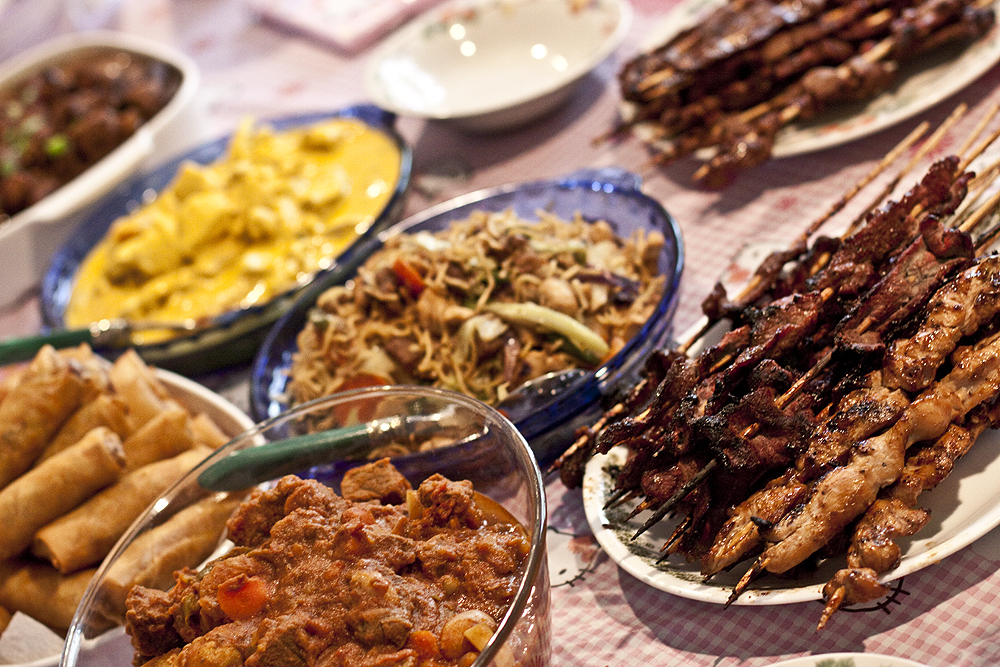
Filipino food has just recently been tagged as the ‘next big thing’ to keep an eye out for in the culinary world. With the country’s range of influences throughout its abundant history, its traditional cooking strategies, and the Filipinos’ knack for combining flavours and taking advantage of any and all components at their disposal, what results is unpretentious, no-frills food that’s merely scrumptious.
Adobo
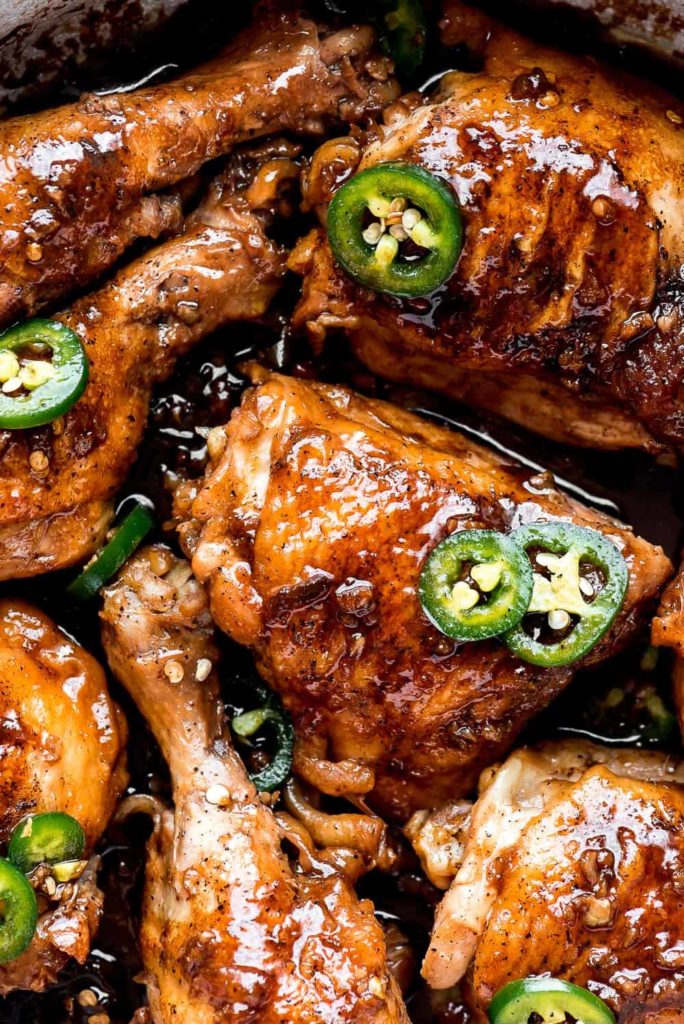
It’s the Filipino meal everybody understands– the magnificent adobo. It is made by stewing meat (normally chicken, pork, or a combination of both) in soy sauce and vinegar, including peppercorns and bay leaves for that unique flavour. Bonus offer leftovers suggestion: pull the meat from the bone and fry ’til crispy for some tasty adobo flakes.
Kare-Kare
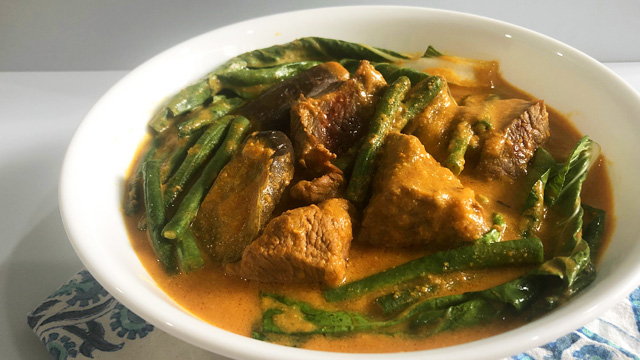
This rich stew is made with peanut sauce and, usually, oxtail, however other meatier cuts of beef can likewise be added in. Numerous Filipinos will consider kare-kare incomplete without a serving of bagoong (fermented seafood paste) on the side.
Lechon
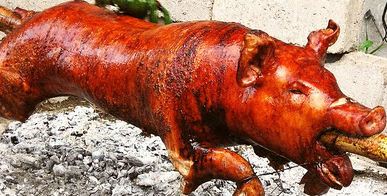
Among the top contenders amongst the best Filipino dishes (together with adobo) is maybe the well-known lechon. It is hard to top a tasty, full-roasted pig with completely crisp skin and juicy meat. Discover the very best of this sinful reward on the island of Cebu, but this is generally served at any grand Pinoy event or fiesta.
Sinigang

Sinigang is a Pinoy classic. A scrumptious sour broth generally made tangy by tamarind (sometimes kamias), it’s filled with different veggies and a meat of option. Popular versions consist of sinigang na baboy (pork), sinigang na hipon (shrimp), and sinigang na isda (fish).
Crispy Pata
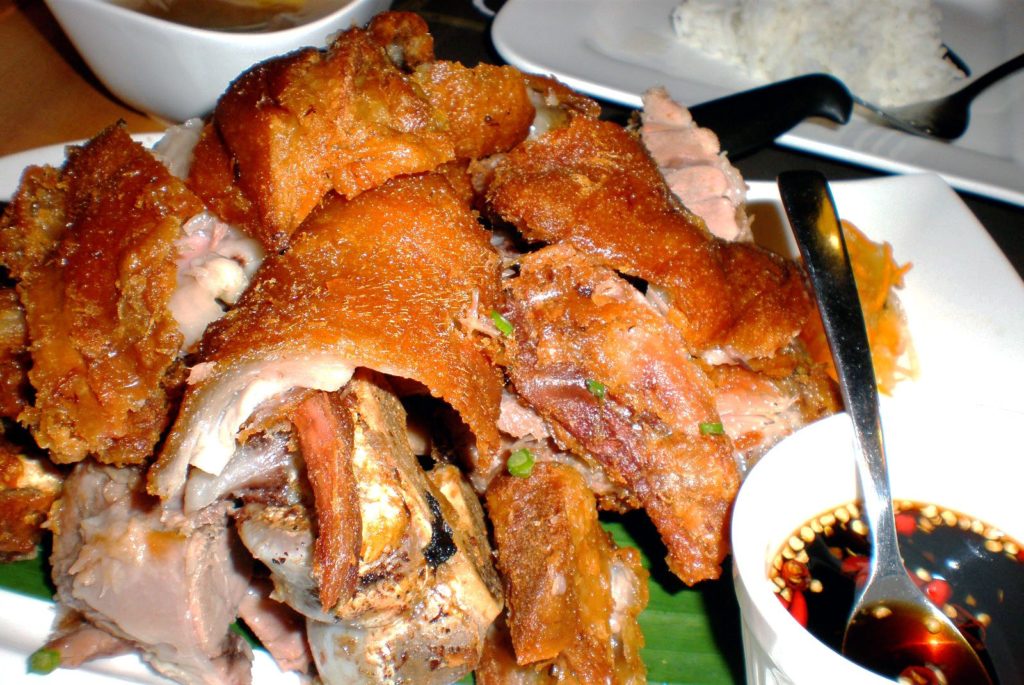
If you can’t get your hands on a whole lechon, a scrumptious crispy pata is a similarly sinful alternative. It’s a meal that takes the whole pig leg and deep french fries it to perfection. Serve with a soy-vinegar dipping sauce on the side with some sliced up garlic and chilli, and you’re on the road to your next preferred guilty satisfaction.
Sisig
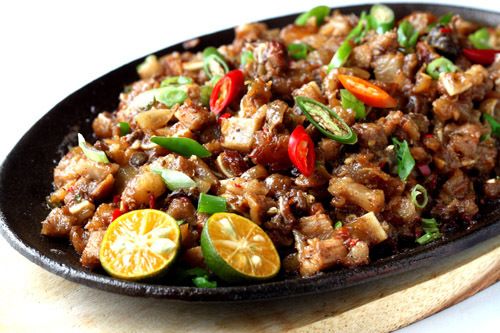
Served sizzling on a hot stone plate, sisig is a preferred pulutan (beer chow) amongst Filipinos. The meat is primarily chopped up parts of the pigs’ face– in the Philippines, no cut of the animal goes to waste. Some dishes utilize either mayo or raw egg (to be mixed in while hot) to offer it a creamier texture but the classic way is to integrate pig’s brain into the meal.-
Pancit Guisado
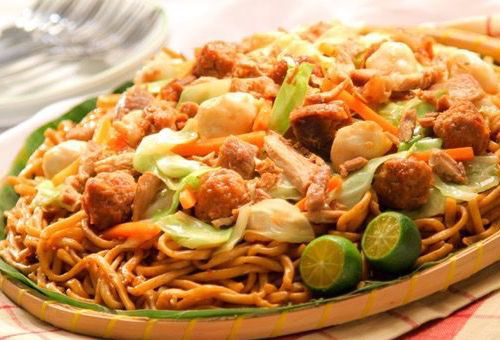
One of the most popular Filipino meals amongst immigrants with Pinoy buddies (due to its traditional presence in Filipino birthday parties) is pancit (noodles), of which pancit guisado is perhaps the most popular version. This noodle dish is working as a sign for long life, for this reason a vital at birthday banquets. The sautéed noodles are complemented by slicing up vegetables and meat (all cooked in broth, soy sauce, and fish sauce) and kalamansi is squeezed over upon serving.
Bulalo

The perfect business for a cool, rainy day in the Philippines is a nice hot bowl of bulalo. This tasty soup is made by slow-cooking beef shanks and bone marrow (still in the bone) in some water with fish sauce, onions, and peppercorn, and later on including some veggies. Especially known for this meal is the province of Batangas in the country’s Southern Luzon area.
Pork Barbecue

A merienda (a treat in between meals) favourite in the Philippines is Pinoy pork barbecue. While this skewered sweet meat goes incredibly well with the ubiquitous plain rice during meals, there’s also absolutely nothing like capturing yourself starving in the middle of the afternoon and conveniently strolling down the street over to the suppliers barbecuing them road-side for just PHP15 ($ 0.30) a stick.
Palabok
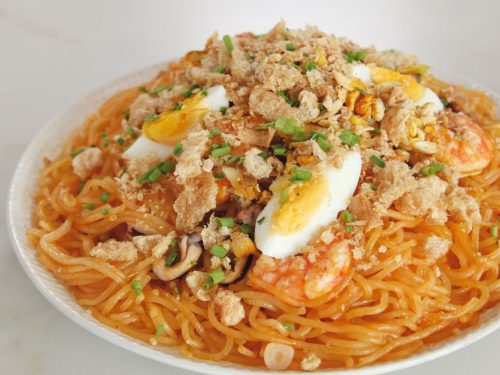
Vibrantly orange and packed with various textures and flavours, palabok is another well-loved method of cooking pancit. It is mixed in with a shrimp sauce, which gets its recognisable colour from annatto powder. It is rounded off with a variety of garnishes such as pieces of hard-boiled eggs, crushed chicharon (pork rinds), tinapa (smoked fish) flakes, and spring onions.
Filipino breakfast dishes (‘ silog’).
A hearty Filipino breakfast normally includes meat, sinangag (garlic fried rice), and itlog (egg). Each dish name varies a little depending upon the meat that goes with the rice and egg. For example, a plate of tapa (treated beef), sinangag, and itlog, is called tapsilog. A plate consisting of tocino (sweet treated pork) instead of tapa is called tocilog. While one that utilizes longganisa (sausages) is called longsilog. These generous breakfast portions are an excellent method to kickstart a day.
Bistek Tagalog.
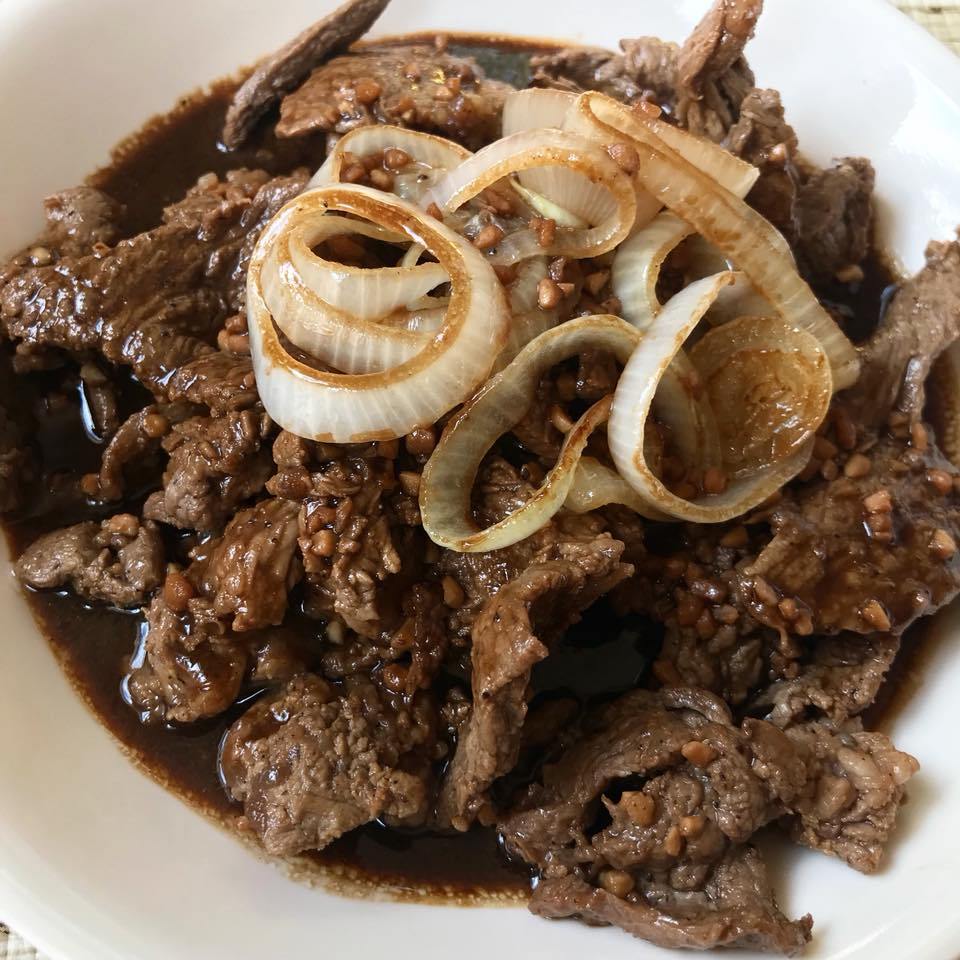
Bistek Tagalog or the Filipino beef steak is a delicious mix of salted, sour, and sweet flavours. Very finely sliced beef is marinated in a mix of mainly soy sauce and kalamansi, fried, and after that topped with caramelised onions. The onions are simply sweet sufficient to cut into and balance the strong salty and acidic tastes infused into the meat.
Fried Lumpia.

Another dish regularly expected to make an appearance at Filipino events is the Pinoy’s variation of the egg roll, lumpia. These deep-fried rolls are filled with minced meat and veggies and served with a sweet and sour dipping sauce. Being so easy to make, lumpia is practically instantly part of a Filipino banquet when food for the big Filipino household needs to be prepared in massive amounts.
Beef Kaldereta.
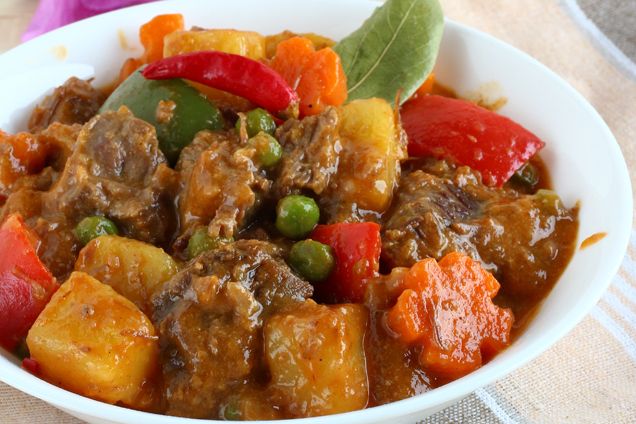
Kaldereta is a Filipino beef stew made extra rich and delicious by tomato sauce and liver paste. Goat meat can also be utilized in place of beef and combined in is a merrymaking of veggies, which generally consist of carrots, bell peppers, and potatoes.
Dinuguan.
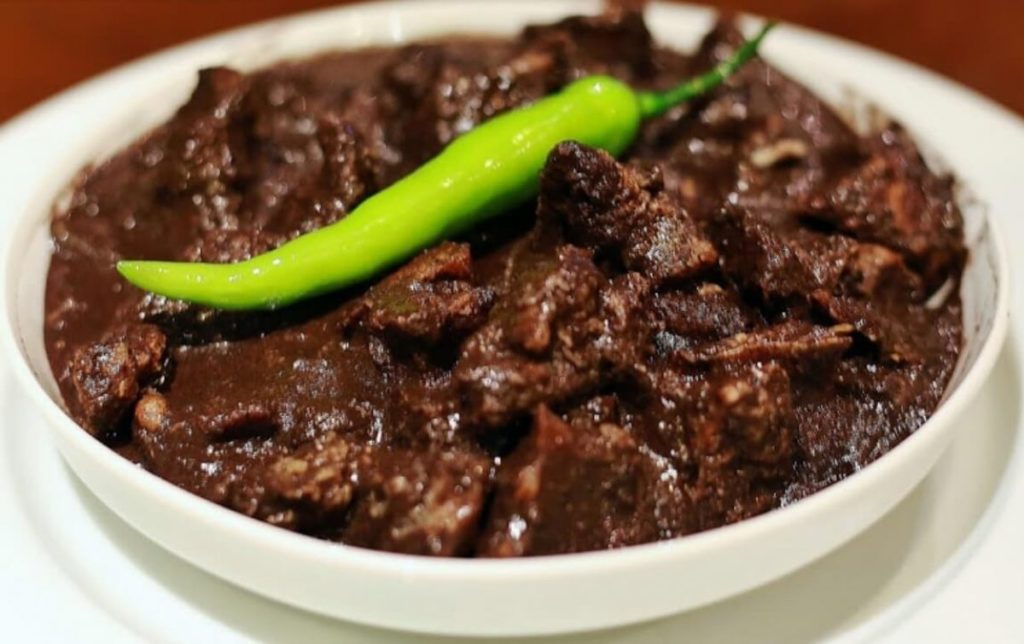
Another Filipino stew, albeit a more eccentric one, is the dark-tinted dinuguan. It’s made by cooking pork and innards in pig’s blood and vinegar. It’s frequently eaten with puto, a slightly sweet steamed rice cake, which complements its savoury taste.
Inihaw na Liempo
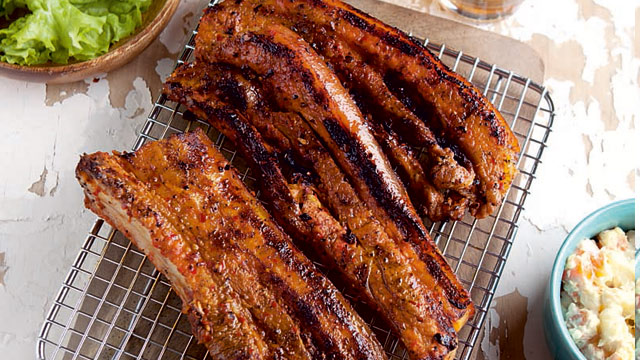
Inihaw na liempo or grilled pork stubborn belly is juicy cuts of possibly the tastiest part of the pig, marinated and grilled, basting the meat as it cooks. Depending on the desired taste, a typical liempo marinade can be a mix of any of the following: soy sauce, fish sauce, banana ketchup, garlic, kalamansi, brown sugar, salt, and pepper. Consume with your hands, your sawsawan (dipping sauce) of options, and a generous serving of plain rice– ideal.
Ginataang Gulay
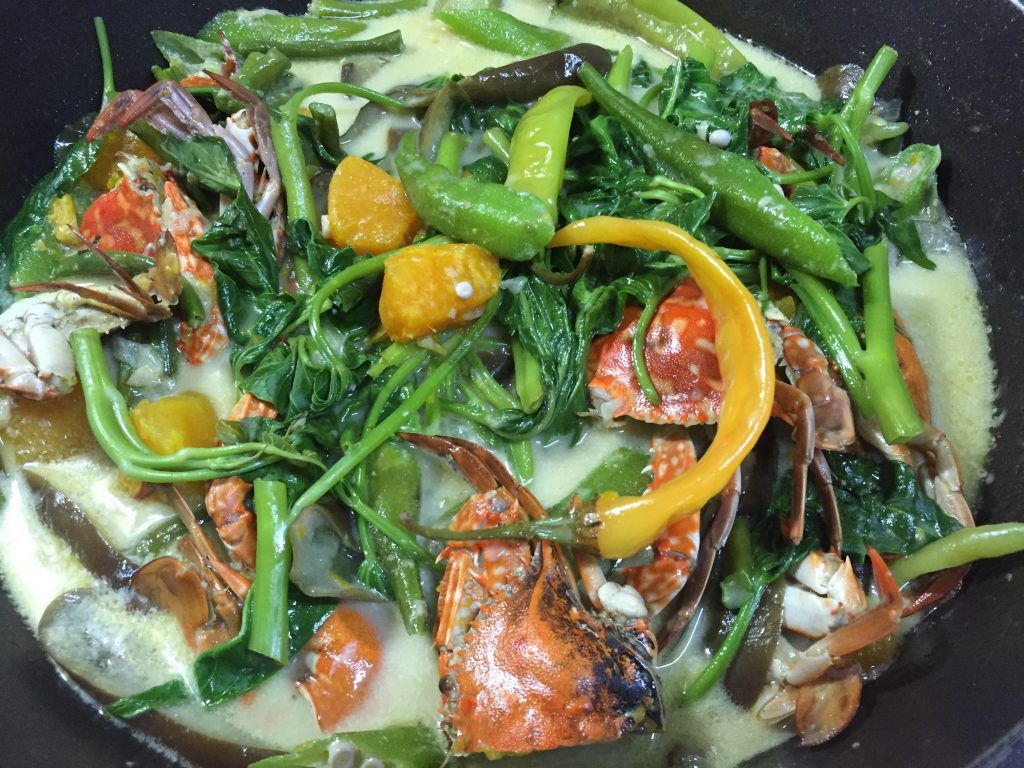
Gata or coconut milk is generally cooking gold. Anything cooked in gata is bound to turn out fantastic. For anybody needing a break from the typical meat-heavy Filipino meals, just prepare your favourite veggies in some coconut milk. It works remarkably well with squash and string beans, and some chilli can be added for a fascinating kick.
Chicken Inasal
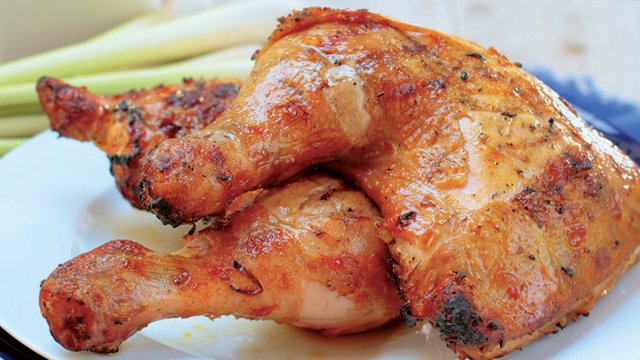
This flavourful grilled chicken, the very best of which is made in the city of Bacolod, sits in an unique marinade of vinegar, kalamansi, ginger, and lemongrass. It owes its appetising golden-brown colour to annatto oil, which is likewise poured over the plain rice it is served with. Dip the chicken in sinamak (spiced vinegar) for some extra zest.
Kilawin
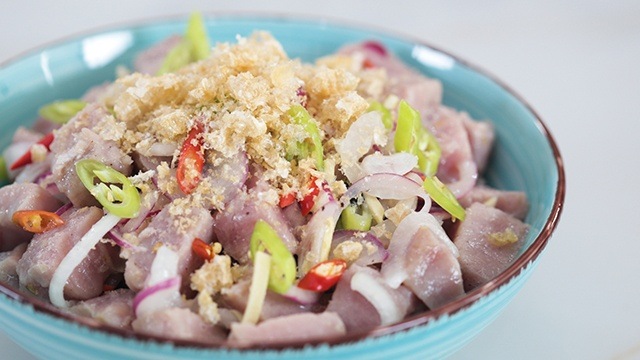
Kilawin, likewise called kinilaw, is the Filipino ceviche. Seafood is often used, such as tuna and tanigue, which is then treated in vinegar and kalamansi. Onions are normally included, in addition to some chilli for a more complicated mix of flavours. Kilawin is generally functioned as an appetiser or as pulutan (beer chow) when drinking.
Arroz Caldo
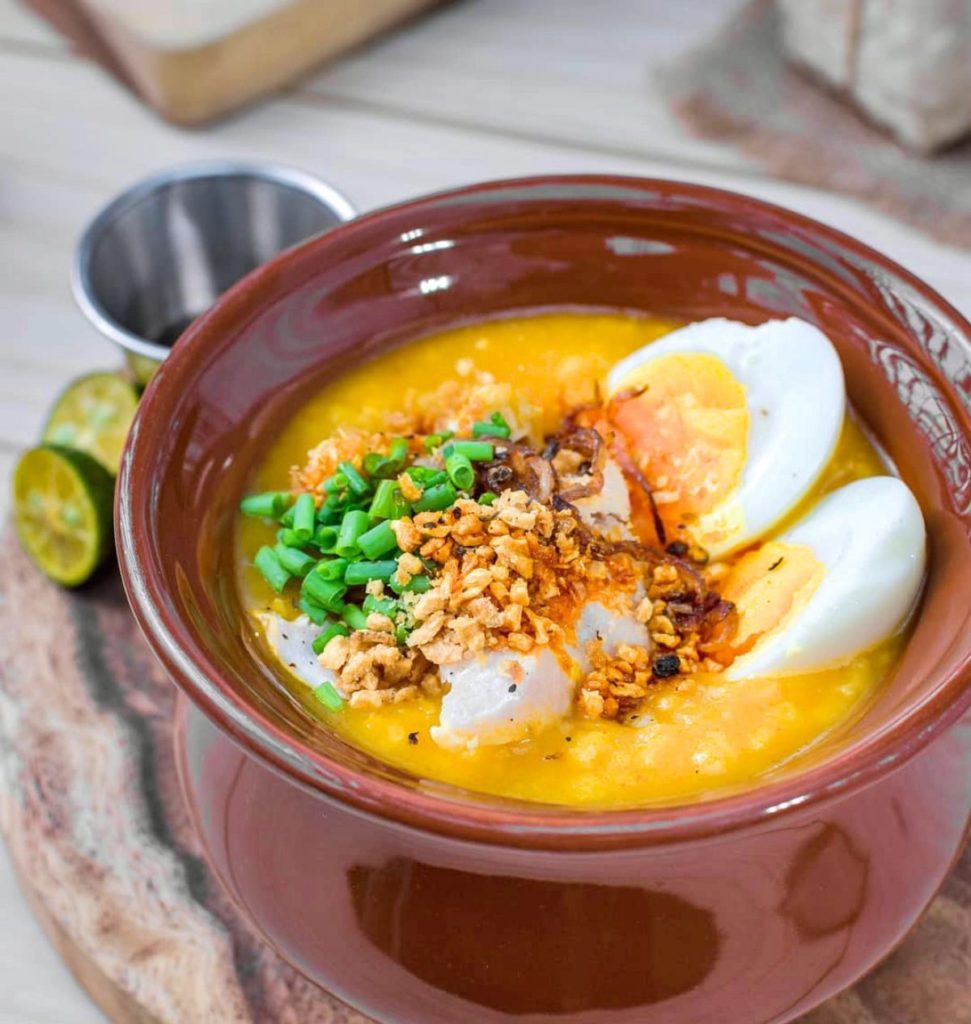
Frequently eaten at breakfast and merienda, arroz caldo is a rice porridge, taking its flavours from ginger, garlic, onions, and a delicious broth. Cuts of chicken and hard-boiled eggs are likewise included and individual servings are rounded off with fried garlic bits, sliced green onions, and a drizzle of kalamansi.
Lechon Kawali

Not everybody has access to a yard and an area to charcoal roast an entire pig, there’s still a way to take pleasure in the guilt-inducing goodness of lechon– by cooking it in a kawali (wok). Pork stomach is cooked in boiling water (typically with bay leaves, peppercorn, and salt) until tender, air-dried, given a salt rub, and deep fried until golden brown. The objective is best crackling skin and tender meat. Enjoy with lechon gravy or spiced vinegar.
Facebook Comments
